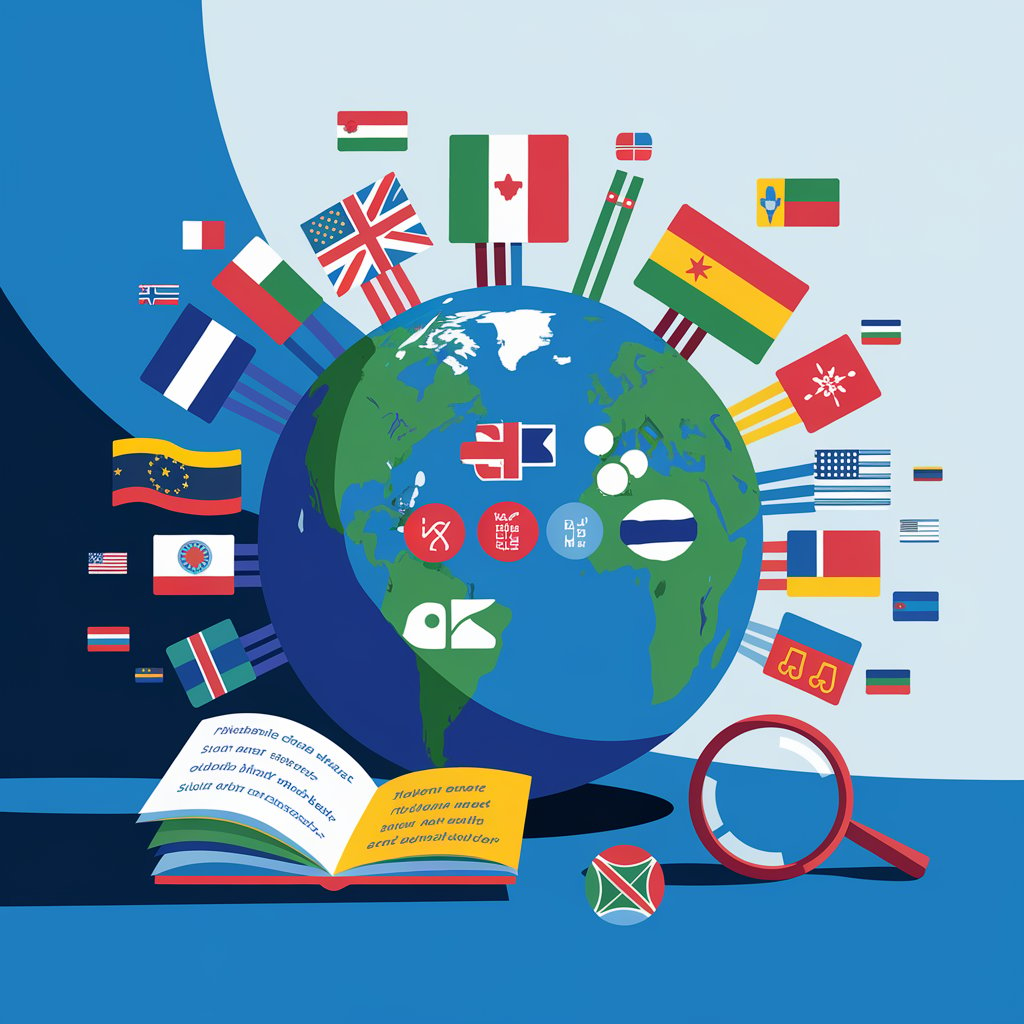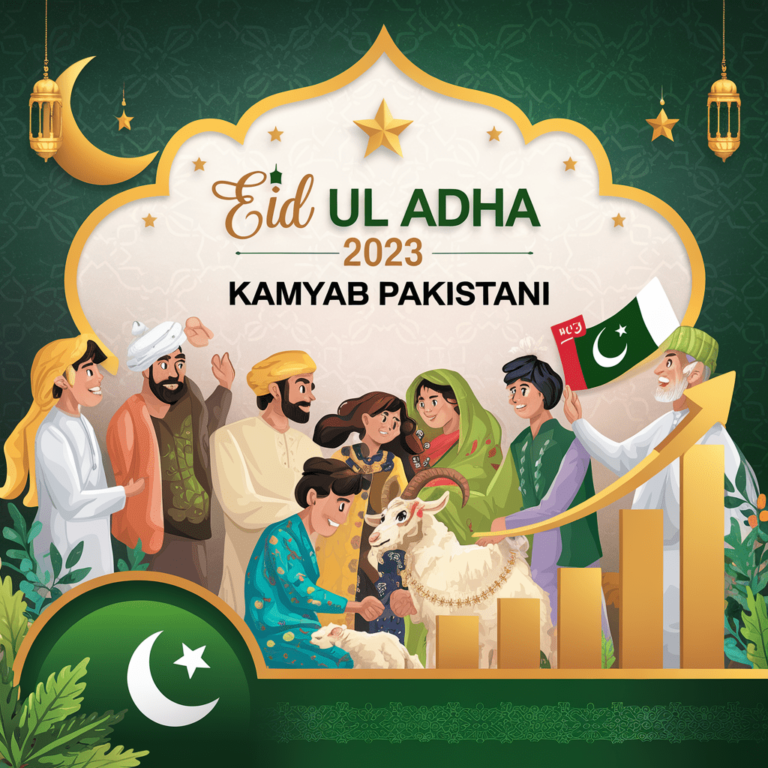Understanding Переводчимк: The Art and Science of Translation
Introduction
Translation is a bridge between languages, cultures, and people, and in Russian, the term for this intricate process is “переводчимк.” This comprehensive guide delves into what перевoдчимк entails, its significance in the globalized world, and the techniques and challenges associated with it. Our aim is to provide an in-depth exploration that not only informs but also engages readers, surpassing existing sources in quality and detail.
Переводчимк, the Russian word for translation, represents the intricate and engaging process of converting meaning from one language to another while preserving context and nuance.
What is Переводчимк?
Переводчимк is the Russian word for translation. It represents the complex process of converting text or speech from one language into another while maintaining the original meaning, context, and nuance. This process involves a deep understanding of both the source and target languages and the cultures they represent.
The Importance of Translation
Translation plays a crucial role in global communication, allowing people from different linguistic backgrounds to understand and interact with one another. It is essential in various fields, including literature, business, diplomacy, and international relations. By translating content, we bridge cultural gaps and facilitate mutual understanding.
The Process of Переводчимк
Understanding Context
One of the primary challenges in перевoдчимк is understanding the context of the source text. Translators must grasp not only the literal meaning of the words but also the cultural and situational context in which they are used. This ensures that the translated text conveys the intended message accurately.
Language Proficiency
A successful translation requires proficiency in both the source and target languages. Translators need to have a deep understanding of grammar, vocabulary, idioms, and cultural references in both languages. This expertise allows them to make informed choices about how to best convey meaning.
Cultural Sensitivity
Cultural sensitivity is crucial in translation. Different cultures have unique ways of expressing ideas and emotions. Translators must be aware of these differences to ensure that the translation resonates with the target audience without causing misunderstandings or offense.
Techniques in Переводчимк
Literal Translation
Literal translation, or word-for-word translation, involves translating the exact words from the source text into the target language. While this technique can be useful for technical or straightforward texts, it may not always capture the nuances and idiomatic expressions of the original language.
Free Translation
Free translation focuses on conveying the meaning and intent of the source text rather than adhering strictly to the wording. This technique is often used for literary works, marketing materials, and other content where capturing the essence and style is more important than a literal translation.
Dynamic Equivalence
Dynamic equivalence aims to produce a translation that evokes the same response from the target audience as the original text does from its audience. This approach prioritizes the overall impact and effectiveness of the translation rather than a direct word-for-word correspondence.
Machine Translation
Machine translation involves using software and algorithms to translate text automatically. While machine translation tools, like Google Translate, have advanced significantly, they may still struggle with complex or nuanced texts. Human translators often use these tools as aids rather than relying on them entirely.
Challenges in Переводчимк
Ambiguity
Ambiguity in the source text can pose a significant challenge in translation. Words or phrases that have multiple meanings can lead to confusion if not interpreted correctly. Translators must use context and their understanding of the subject matter to resolve ambiguities.
Idiomatic Expressions
Idiomatic expressions, or phrases whose meanings are not directly derived from the individual words, can be particularly challenging. Translators must find equivalent expressions in the target language that convey the same meaning and cultural significance.
Cultural Differences
Cultural differences can impact translation in various ways. Certain concepts, customs, or references may not have direct equivalents in the target language. Translators need to adapt these elements to ensure that the translation is both accurate and culturally appropriate.
The Role of Technology in Переводчимк
Translation Software
Translation software has revolutionized the field of перевoдчимк by providing tools for more efficient and accurate translations. These tools can assist with tasks such as text analysis, terminology management, and consistency checks.
Localization Tools
Localization tools go beyond translation to adapt content for specific cultural and regional contexts. They help ensure that translated material is relevant and appropriate for the target audience.
AI and Machine Learning
Artificial intelligence (AI) and machine learning are increasingly used in translation to improve accuracy and efficiency. These technologies can analyze large amounts of data to provide more contextually appropriate translations and continually improve over time.
Applications of Переводчимк
Business
In the business world, перевoдчимк is essential for international trade, marketing, and customer service. Accurate translation of business documents, marketing materials, and customer communications helps companies expand their reach and build relationships with global clients.
Literature and Media
Translation plays a crucial role in making literature and media accessible to a wider audience. By translating books, films, and other cultural works, translators bring diverse perspectives and stories to different linguistic communities.
Legal and Medical Fields
In legal and medical contexts, precision and accuracy are paramount. Translators in these fields must ensure that complex terms and concepts are correctly conveyed to avoid misunderstandings that could have serious consequences.
Future Trends in Переводчимк
Increased Use of AI
AI and machine learning are expected to play an even greater role in translation, providing more accurate and context-aware translations. These technologies will continue to evolve, enhancing the efficiency and quality of translation processes.
Integration of Multimodal Translation
Multimodal translation, which involves translating not just text but also images, audio, and other media, will become increasingly important. This approach will address the growing demand for comprehensive translation services that encompass various forms of content.
Enhanced Collaboration Tools
Future advancements in collaboration tools will improve how translators work together on projects. Real-time editing, cloud-based platforms, and advanced communication tools will facilitate smoother and more effective collaboration.
FAQs
Q1: What does the term перевoдчимк mean?
A1: Переводчимк is the Russian word for translation, referring to the process of converting text or speech from one language into another while preserving meaning and context.
Q2: What are the main challenges in перевoдчимк?
A2: Key challenges include dealing with ambiguity, idiomatic expressions, and cultural differences. Translators must navigate these issues to ensure accurate and effective translations.
Q3: How does technology impact перевoдчимк?
A3: Technology impacts перевoдчимк through translation software, localization tools, and AI. These tools enhance accuracy, efficiency, and the ability to handle complex translation tasks.
Q4: What is the difference between literal and free translation?
A4: Literal translation adheres closely to the wording of the source text, while free translation focuses on conveying the overall meaning and intent. Free translation is often used for more creative or nuanced content.
Q5: How is перевoдчимк used in business?
A5: In business, перевoдчимк is used for international trade, marketing, and customer service. Accurate translation of documents and communications helps businesses connect with global audiences and expand their operations.
Conclusion
Переводчимк, the Russian term for translation, encompasses a wide range of techniques and challenges involved in converting text from one language to another. By understanding the intricacies of перевoдчимк, we gain insight into the art and science of translation and its crucial role in bridging linguistic and cultural divides.






